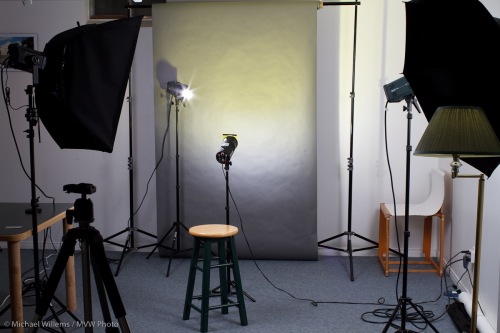A beginners tip, today. About ISO.
All being engineers, you all know that ISO stands for the International Standards Organisation, of course. And you all know that the engineers in Japan chose this term to indicate the camera’s sensitivity setting. You can set the sensitivity of your camera, where more sensitivity means you can take pictures in the dark.
It also means faster shutter speeds. Try this: have someone wave at you indoors and, with your camera set to 100 ISO and with its flash turned off, take a picture. You will see this:
Now set the camera to 1600 ISO.
That means 16 times higher sensitivity (four stops) – which means 16 times shorter shutter speed, as the camera does not need as long to gather the same amount of light; hence 16 times less time for motion blur.
So now you get this:
The price? Noise. More noise, just as when you turn up the radio when you are hearing a weak signal. The volume will increase, but so will the noise. In photos, we used to call this “grain”, after the larger silver crystal grains that captured the light on negatives.
But usually, that is a small price to pay if you want to avoid blurry hands.











